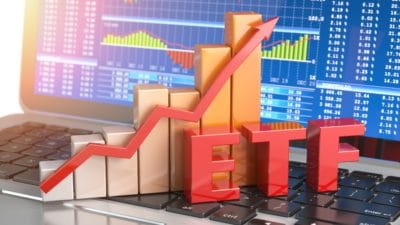In the weeks following First Quantum Minerals’ (TSX:FM) fourth-quarter report, analysts have presented a variety of conflicting projections for the company. Some are arguing for a buy rating, some a hold rating, and others have drastically slashed their price targets. Uncertainty appears to be the most plentiful element around First Quantum as of late and investors are wondering what to do with this company.
The hard times for the stock can be traced back to mid-January when First Quantum fell to a five-year low of $10.83, thanks in part to Zambia’s new tax structure. Since then, the Q4 report was released and the big question is whether or not First Quantum has the fiscal strength to reach any of analysts’ current price targets
Mixed results
The fourth quarter saw inconsistent results, with revenues falling to US$821 million from US$897 million, and gross profit falling to US$183 million from US$319 million. Net income managed to rise, however, to US$453 million (US$0.76 per share) from US$131 million (US$0.22 per share), but this is mainly due to a revaluation of deferred Zambian taxes.
Year-end financials at First Quantum managed to slightly improve its revenues to US$3.54 billion from US$3.52 billion, even though gross profit fell to US$997 million from US$1.1 billion. Net income managed a substantial improvement of US$834 million (US$1.40 per share).
Investors have been concerned with the rising debt at First Quantum Minerals, as debt rose to US$5.9 billion in 2014 from US$3 billion, while total liabilities rose to US$ $7.7 billion from $6.3 billion. This may have had an influence on the decision to reduce capital expenses to $1.2 billion in 2015 from the $2.6 billion spent in 2014.
The copper down in Africa
In the past quarter, First Quantum began operating its newest copper smelter at its Sentinel mine in Zambia. Many were concerned that following Zambia’s radical new tax regime, First Quantum would follow the lead of other mining companies that have begun to cease operations. While this 300,000 tonne per year smelter is still scheduled to go into full production, over $1 billion in capital investments have been put on hold.
Under the old tax regime, First Quantum Minerals paid just under US$3 billion from the operations of its Kansanshi mine alone, an amount which will surge throughout 2015. Another issue being faced by First Quantum and its investors is the continued slide in copper prices, which have fallen by 11% in the fourth quarter and 20% in the past year. First Quantum managed to increase its sales volume of copper by 7% last year but a continued slowdown in China could continue to negatively affect the prices.
An unstable stock
In understanding all of these issues, we can see why analysts’ reports on First Quantum are so varied. Last week, Paradigm Capital lowered its price target from $31.50 to $27.00 with a buy rating, while TD Securities raised its price target from $16.00 to $17.00. Most of the rest of the price targets fall into this $17.00-28.00 range with little consistency.
First Quantum closed Monday at $15.76 right in the middle of its 52-week range of $9.89-27.29. The most bullish analysts are predicting that First Quantum will only be able to return to its 52-week high, which is $1.00 from the 10-year high of $28.29 that the stock reached in 2011. This means that First Quantum’s stock has flirted with both its five-year high and low in the past eight months.
If First Quantum is able to reach its bullish $28.00 high, it would be very unlikely for it to exceed its historic price ceiling. The added taxes in Zambia and lower copper prices will not help the company reach the $28.00 range, leaving investors with a more realistic price target range of $17.00 to the current generous consensus of $21.85.




